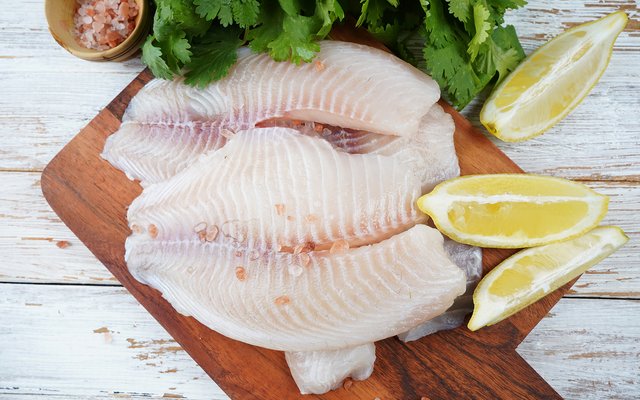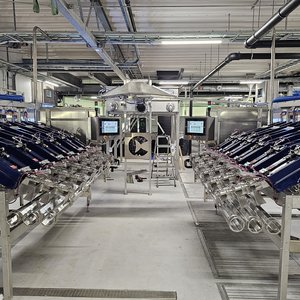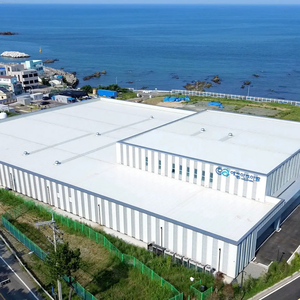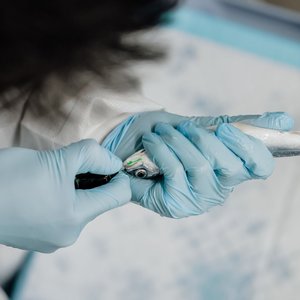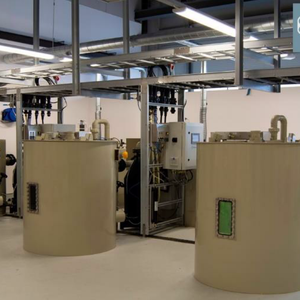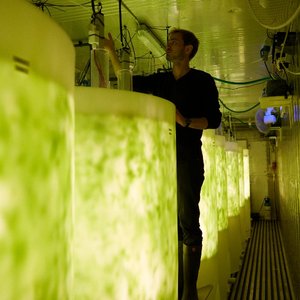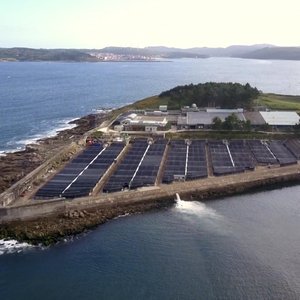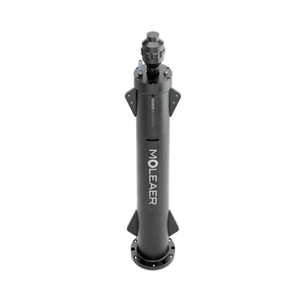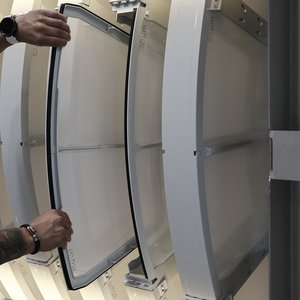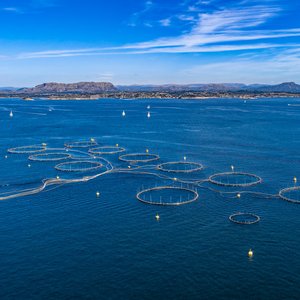GenoMar Genetics has secured a three-year innovation grant from the Research Council of Norway to enhance fillet yield in tilapia. The project will apply imaging technology and machine learning to support more accurate selection in breeding without compromising fish welfare.
The project will use medical-grade CT scans (Computed Tomography) to assess traits such as muscle volume and body composition in tilapia. This allows for detailed, non-invasive measurement of carcass traits linked to fillet yield and overall health.
“When combined with genomics and line breeding, CT gives us a powerful toolbox to improve genetic gain,” said Anders Skaarud, senior researcher and project lead at GenoMar, in a press release.
GenoMar began selecting for fillet yield in 2006, achieving gradual genetic improvements over time. The selection efforts have resulted in a modest increase in fillet yield. Utilizing CT scanning for this trait opens for better genetic evaluations, better selection decisions and ultimately faster genetic progress.
The experiment will take place at GenoMar’s breeding facility in Brazil, where several thousand fish from over 150 families are being raised. Fish are scanned at around 1 kg, and the top 5–10% are selected for breeding. This process repeats over 3–4 generations until the project is finished.
While CT-based selection is common in livestock like pigs and poultry, it has not yet been adopted in aquaculture. This project may be the first to implement the method at scale for fillet yield in fish.
“Our goal is to develop genetic products that increase edible yield, reduce production costs, and make tilapia more affordable,” said Alejandro Tola Alvarez, director of Breeding & Genetics at GenoMar.
The Research Council of Norway will finance 50% of the project, with the remaining cost covered by GenoMar Genetics. The project builds upon earlier feasibility studies conducted in 2021–2022, which demonstrated that tilapia anatomy is well-suited for CT imaging.


